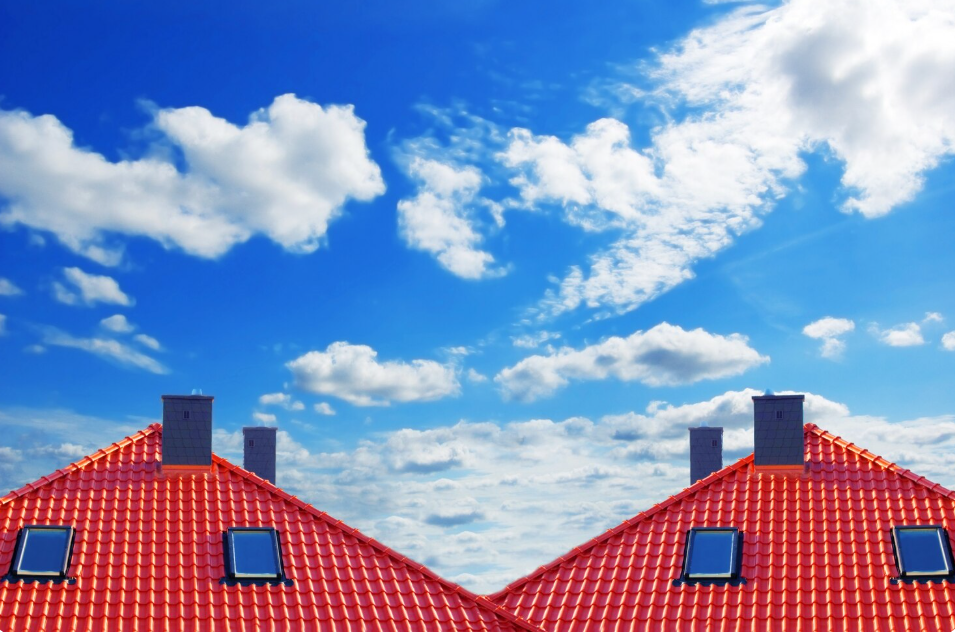The roofing industry in the United States is undergoing a transformation unlike anything seen in decades. What was once a straightforward trade focused on asphalt shingles and structural repairs has evolved into a high-tech, design-conscious, and energy-efficient sector. From residential re-roofs to large-scale commercial projects, innovation is reshaping how Americans think about what’s above their heads.
A Market on the Rise
Driven by post-pandemic home improvement trends, federal energy incentives, and the growing demand for sustainability, the U.S. roofing market continues to climb. Industry reports forecast the market to exceed $100 billion by 2030, with steady annual growth fueled by both residential and commercial investments.
Much of this growth comes from homeowners re-evaluating the long-term performance and energy footprint of their homes. Roofing is no longer viewed as a repair expense — it’s seen as a strategic home upgrade that impacts energy bills, resale value, and overall sustainability.
The New American Roof: More Than Just Shingles
For most of the 20th century, asphalt shingles dominated American homes. They were inexpensive, reliable, and relatively easy to install. But today’s homeowner is looking beyond the basics. The modern roof has become a system — one that integrates structure, insulation, ventilation, and technology.
Metal roofs, for example, have surged in popularity due to their durability, energy efficiency, and modern aesthetic. They reflect solar radiation, lower cooling costs, and can last 50 years or more. Composite shingles and synthetic tiles are also gaining ground, offering the appearance of wood or slate with none of the maintenance challenges.
This shift is evident across every region — from hurricane-resistant roofing in Florida to high-altitude solutions in mountain states. Even Colorado Springs roofing companies are seeing record demand for impact-resistant materials that can withstand hail and UV exposure.
Solar Integration Becomes Mainstream
One of the biggest disruptors in the roofing market is solar technology. What began as a niche investment has now become an accessible and attractive option for millions of homeowners.
Thanks to federal tax credits and improved installation technology, solar roofing systems — including photovoltaic shingles and panels — are now more affordable than ever. Major manufacturers like GAF and Tesla have developed integrated systems that combine roofing materials with solar cells, removing the need for bulky, traditional panels.
These innovations are reshaping the definition of a roof: from passive protection to active power generation. For builders and contractors, this evolution opens a new revenue stream, combining traditional roofing expertise with energy system installation.
Sustainability Takes Center Stage
Sustainability has become a major driver of roofing innovation. Manufacturers are producing shingles made from recycled materials, reflective “cool roofs” that reduce heat absorption, and water-shedding designs that improve stormwater management.
Contractors are also more conscious of minimizing waste, with many recycling old shingles and underlayment during roof replacements. Energy efficiency ratings and green certifications, once limited to luxury homes, are now standard considerations for everyday homeowners.
Even insurance companies are joining the conversation, rewarding clients who invest in high-impact, energy-efficient roofing systems with lower premiums.
The Role of Technology
Technology isn’t just transforming the roof itself — it’s changing how roofing companies do business. Drones are now standard for inspections, allowing contractors to assess damage safely and accurately. Artificial intelligence helps estimate material needs and detect weak spots using image analysis.
Digital quoting systems, 3D renderings, and augmented reality apps let homeowners visualize color and design options before installation begins. This increased transparency and personalization is reshaping customer expectations nationwide.
For example, many roofing companies in Colorado, Texas, and California now offer virtual consultations — a trend that began during the pandemic and has since become a preferred method for convenience and efficiency.
The Next Generation of Roofing Professionals
The roofing industry’s modernization has also created new opportunities for skilled labor. Today’s roofing professionals are part craftsman, part technologist — trained not only in installation but also in energy systems, materials science, and smart home integration.
Training programs and certifications are evolving to reflect this change. Manufacturers now offer courses on solar integration, AI-assisted diagnostics, and sustainability compliance to prepare roofers for the next decade of innovation.
Looking Ahead
The U.S. roofing market is at a crossroads between tradition and technology. As materials evolve and solar solutions become mainstream, the American roof is no longer just a shelter — it’s a statement of efficiency, resilience, and forward thinking.
Homeowners are recognizing that a roof can be both protective and productive. Contractors are discovering that innovation leads to stronger margins and longer client relationships. And as more states invest in renewable energy and sustainability initiatives, the transformation from shingles to solar is only just beginning.

